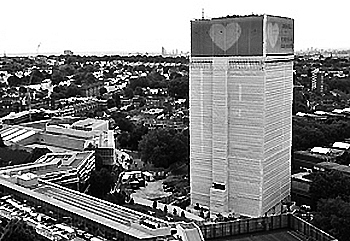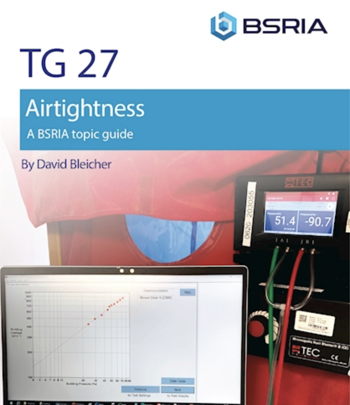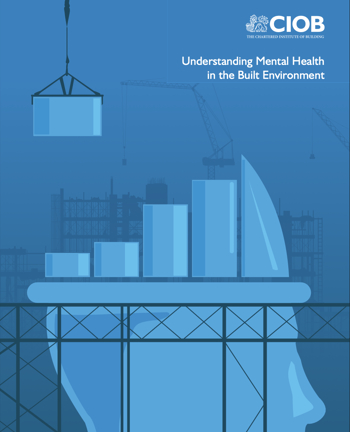Workplace exposure limits
Some workplace processes involve the use of substances that could cause harm. The Control of Substances Hazardous to Health Regulations 2002 (COSHH) require that employers prevent or reduce workers' exposure to such substances.
- Inhalation.
- Ingestion.
- Contact with the skin.
- Contact with the eyes.
- Skin puncture.
COSHH stipulates that the control of hazardous substance exposure will only be regarded as being adequate if it falls below the necessary workplace exposure limit (WEL). The regulations place a duty on employers to prevent or control exposure to within the particular WEL.
WEL values are approved by the Health and Safety Commission (HSC), which acts on the advice of the Advisory Committee on Toxic Substances (ACTS). They are expressed as a time weighted average (TWA). There are two variations of WEL:
- Long-term exposure limit (LTEL): The maximum exposure over an 8-hour period. This is intended to protect the workforce from contaminants which, over a long period of time, may cause ill health.
- Short-term exposure limit (STEL): The maximum exposure over a 15-minute reference period. This is intended to protect the workforce from peak exposure incidents which might result in immediate and acute ill health.
A document published by the Health and Safety Executive (HSE) contains the list of WELs for use with COSHH – EH40/2005 Workplace exposure limits.
Since there are a large number of chemical compounds used in construction, there will be some that are not included on this list of WELs, perhaps due to a lack of information about them. However, this does not mean that they are therefore safe. They should be controlled to a level at which the workforce could be exposed for a long period of time without experiencing any adverse health effects.
[edit] Find out more
[edit] Related articles on Designing Buildings Wiki
Featured articles and news
The UK's Modern Industrial Strategy: A 10 year plan
Previous consultation criticism, current key elements and general support with some persisting reservations.
Building Safety Regulator reforms
New roles, new staff and a new fast track service pave the way for a single construction regulator.
Architectural Technologist CPDs and Communications
CIAT CPD… and how you can do it!
Cooling centres and cool spaces
Managing extreme heat in cities by directing the public to places for heat stress relief and water sources.
Winter gardens: A brief history and warm variations
Extending the season with glass in different forms and terms.
Restoring Great Yarmouth's Winter Gardens
Transforming one of the least sustainable constructions imaginable.
Construction Skills Mission Board launch sector drive
Newly formed government and industry collaboration set strategy for recruiting an additional 100,000 construction workers a year.
New Architects Code comes into effect in September 2025
ARB Architects Code of Conduct and Practice available with ongoing consultation regarding guidance.
Welsh Skills Body (Medr) launches ambitious plan
The new skills body brings together funding and regulation of tertiary education and research for the devolved nation.
Paul Gandy FCIOB announced as next CIOB President
Former Tilbury Douglas CEO takes helm.
UK Infrastructure: A 10 Year Strategy. In brief with reactions
With the National Infrastructure and Service Transformation Authority (NISTA).
Ebenezer Howard: inventor of the garden city. Book review.
The Grenfell Tower fire, eight years on
A time to pause and reflect as Dubai tower block fire reported just before anniversary.
Airtightness Topic Guide BSRIA TG 27/2025
Explaining the basics of airtightness, what it is, why it's important, when it's required and how it's carried out.
Construction contract awards hit lowest point of 2025
Plummeting for second consecutive month, intensifying concerns for housing and infrastructure goals.
Understanding Mental Health in the Built Environment 2025
Examining the state of mental health in construction, shedding light on levels of stress, anxiety and depression.





















